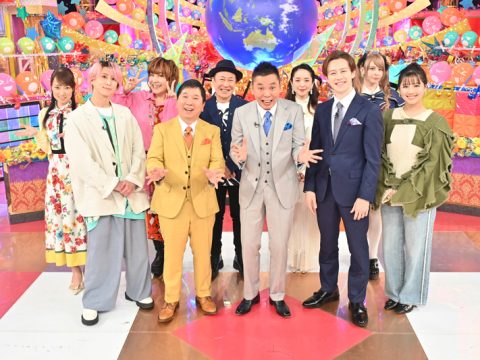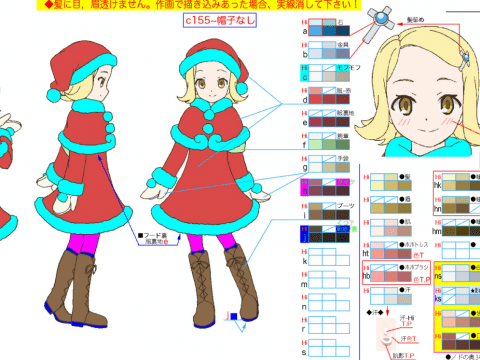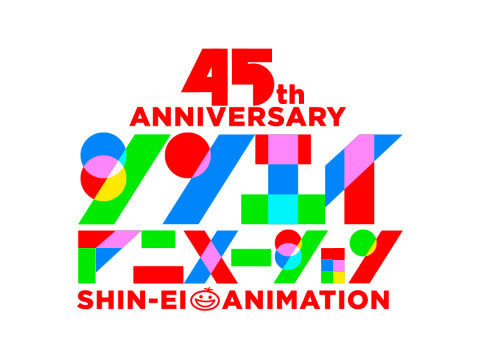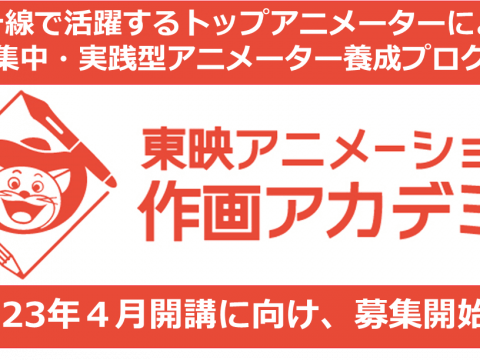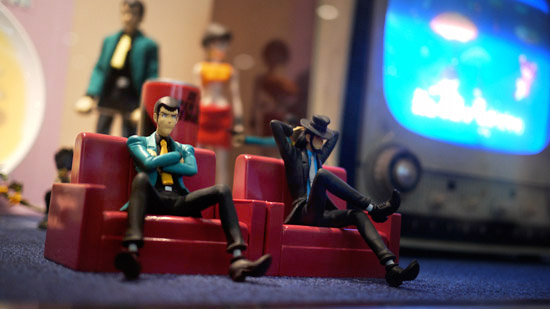
While Akihabara is sold to the west as the anime capital of Tokyo, the truth is a little more complex. While Akihabara caters to both Japanese otaku and foreign shoppers interested in anime and comics, there’s relatively anime actually produced there. The majority of actual production is centered around west Tokyo. Specifically, most of Tokyo’s anime studios are located in the wards of Nerima and Suginami.
Consequently, 2005 saw the founding of the Suginami Animation Museum. Located in Ogikubo, a neighborhood in Suginami, the Suginami Animation Museum is a modestly-sized but interesting spot dedicated to the history and production methods of anime.
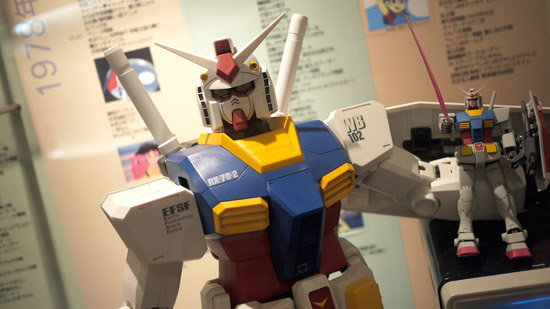
As a museum located in the part of the city where anime is produced, much of the museum is centered around shedding light on how this stuff is actually put together in the first place. Several exhibits take visitors through different steps of the process, and a few of them are interactive, such as a booth where you can try your hand at dubbing a scene from Astro Boy or another where you can draw your own key frames on a computer and see them animated together.
For my money, the best of these exhibits is a series of short behind-the-scenes videos shot during the making of the film Jin-roh, the 1999 Production I.G. film produced old-school style with actual cels and no CG. As such, the videos, which show the process from storyboarding to coloring to filming, are a fascinating look at how anime was made for years and years before computers entered the picture. The section also features some of the original cels from the film, which are amazing to see close-up.
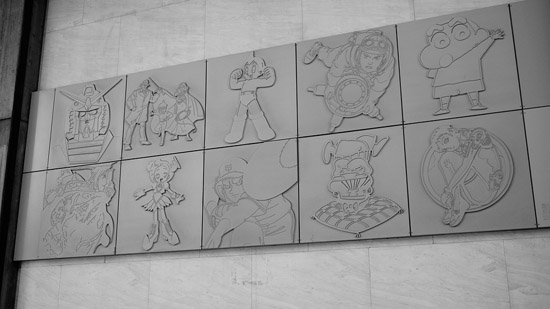
The museum also traces the history of Japanese animation with a really cool chronological display wall which goes from the earliest productions by Toei Animation to the present, collecting lots of memorabilia from along the way. Another exhibit recreates the workspaces of some of anime’s most famous animators, including Takayuki Goto, co-founder of Production I.G., and Yoshiyuki Tomino, creator of Gundam.
Finally, the museum is equipped with a 150-seat theater, which regularly shows episodes and films old and new, and a browsing library of manga and anime-related books and magazines. To use these, you’ll probably need to come equipped with some knowledge of Japanese.
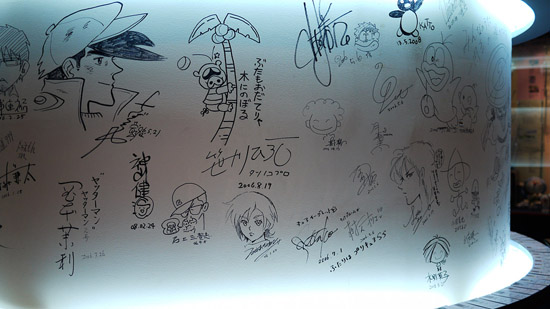
But as a whole, the English accessibility of the museum is pretty good. Most signage is written in English as well as Japanese, and there’s an additional English flyer explaining the layout and exhibits. The aforementioned Jin-roh behind-the-scenes videos are also subtitled.
If there’s anything negative to be said about the Suginami Anime Museum, it’s that it feels a little dinky. The museum was established in 2005, and most of the pieces feel like they haven’t been updated since then. That’s no problem for an “evergreen” exhibit like the Jin-roh section, but the software in the interactive animation section, for example, is definitely showing its age. The Astro Boy dubbing booth is also pretty clunky. Finally, the museum is on the second floor of an otherwise non-animation-related building, which might lead you to wonder whether you’re in the right place.
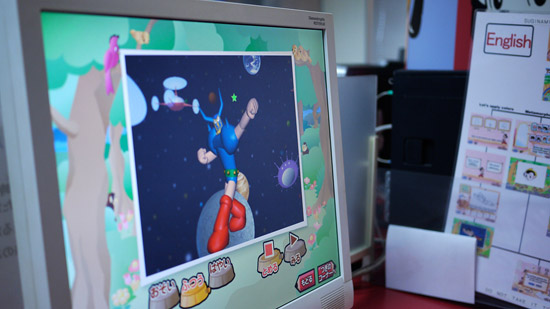
Those caveats aside, the Suginami Animation Museum is well worth a visit, especially since it’s close to other west Tokyo highlights, like Nakano Broadway and the Ghibli Museum. And did we mention it’s free?
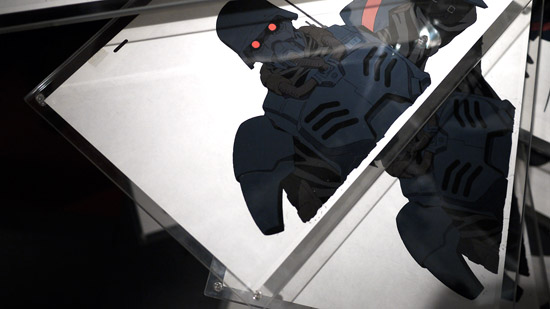
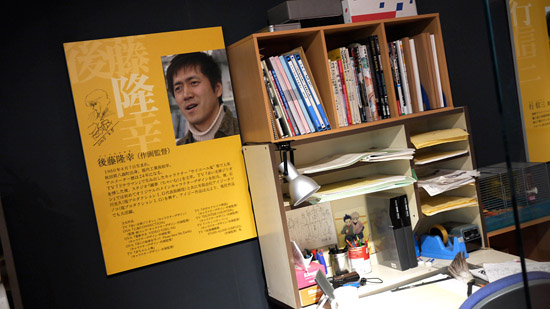
Museum website: https://www.sam.or.jp



